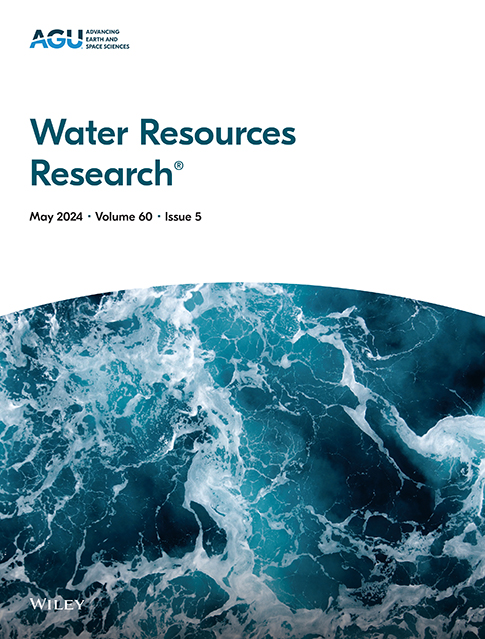冰冻圈退化形成的结构连通性调节了亚洲高山沉积物的输运动力学
IF 5
1区 地球科学
Q2 ENVIRONMENTAL SCIENCES
引用次数: 0
摘要
快速的大气变暖改变了冰冻圈的景观,影响了沉积物的运输过程。然而,我们对大源头的山坡和河流连通性的理解仍然有限。本文运用连通性指数(IC)对亚洲高山地区的结构连通性进行建模。在与冰冻圈变化相关的坡面、河网和流域尺度上,结构连通性存在显著的空间异质性。构造连通性调节泥沙从山坡侵蚀向河道的转移(ρ = 0.77, P <;0.01),在流域尺度上控制下游泥沙通量(ρ = 0.79, P <;0.01)。我们还发现,气候变化驱动了冰冻圈景观的地貌过程,从而调节了结构连通性的时空变异。温度升高和降水模式的改变强化了沉积物的供给和输送途径,增加了喜马拉雅—横断山脉等高ic山区冰冻圈灾害的风险。我们的发现强调了结构连通性在理解寒冷地区沉积物输运动力学中的重要性。本文章由计算机程序翻译,如有差异,请以英文原文为准。
Structural Connectivity Shaped by Cryospheric Degradation Modulates Sediment Transport Dynamics in High Mountain Asia
Rapid atmospheric warming has transformed cryospheric landscapes, affecting sediment transport processes. However, our understanding of hillslope and riverine connectivity in large headwaters remains limited. Here, we apply the Index of Connectivity (IC) to model structural connectivity for High Mountain Asia (HMA). Significant spatial heterogeneity in structural connectivity is observed across hillslope, river network, and basin scales associated with cryospheric changes. Structural connectivity regulates the transfer of sediment from hillslope erosion to river channels (ρ = 0.77, P < 0.01) and controls downstream sediment flux at the basin scale (ρ = 0.79, P < 0.01). We also found that climate change has driven geomorphic processes in cryospheric landscapes, thereby modulating the spatiotemporal variability of structural connectivity. Rising temperatures and altered precipitation patterns have intensified sediment supply and transport pathways, increasing cryospheric hazard risks in high-IC mountainous areas like the Himalayas-Hengduan ranges. Our findings underscore the importance of structural connectivity in understanding sediment transport dynamics in cold regions.
求助全文
通过发布文献求助,成功后即可免费获取论文全文。
去求助
来源期刊

Water Resources Research
环境科学-湖沼学
CiteScore
8.80
自引率
13.00%
发文量
599
审稿时长
3.5 months
期刊介绍:
Water Resources Research (WRR) is an interdisciplinary journal that focuses on hydrology and water resources. It publishes original research in the natural and social sciences of water. It emphasizes the role of water in the Earth system, including physical, chemical, biological, and ecological processes in water resources research and management, including social, policy, and public health implications. It encompasses observational, experimental, theoretical, analytical, numerical, and data-driven approaches that advance the science of water and its management. Submissions are evaluated for their novelty, accuracy, significance, and broader implications of the findings.
 求助内容:
求助内容: 应助结果提醒方式:
应助结果提醒方式:


